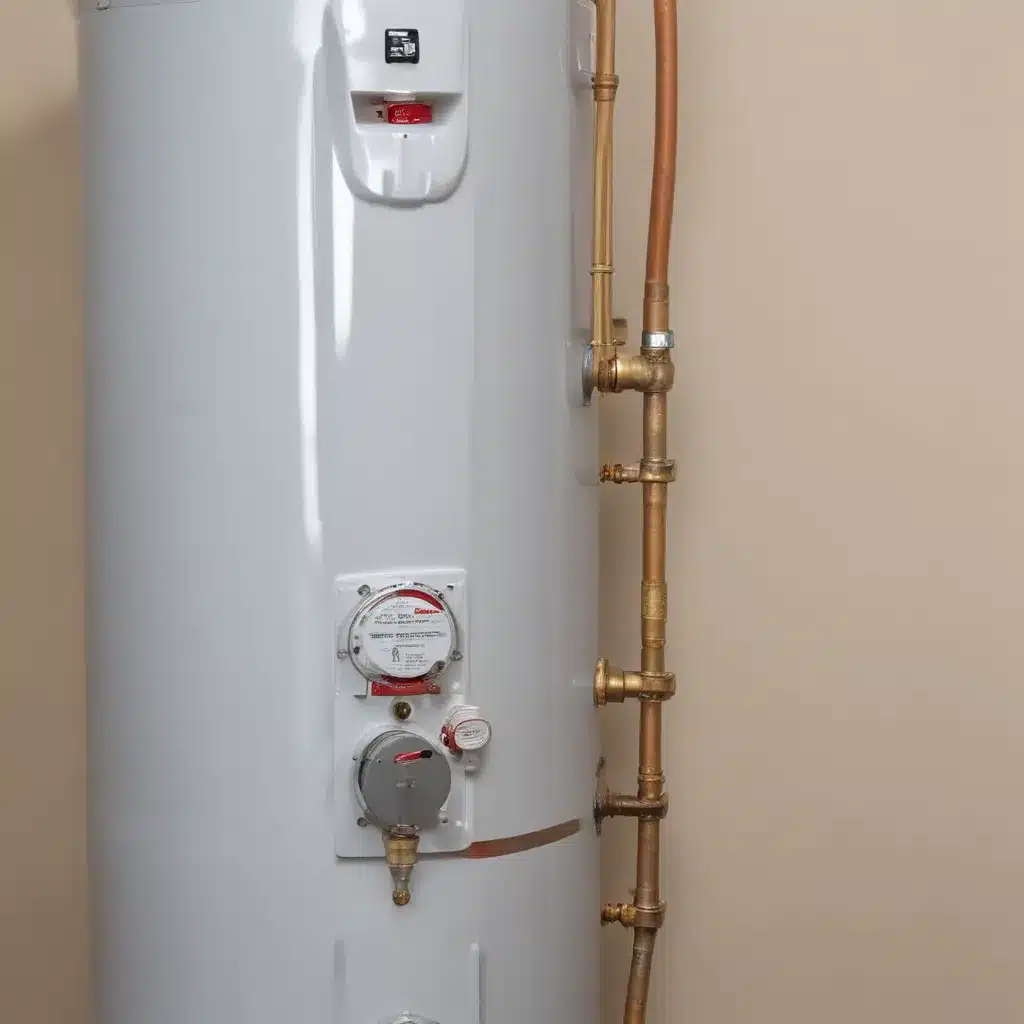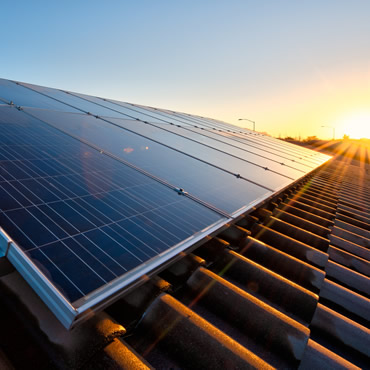
The condensate drain line is a critical component of your water heater system, playing a vital role in its efficient and reliable operation. We learned this the hard way when dealing with complex water heater issues… This often-overlooked pipe is responsible for removing the excess moisture generated during the heating process, preventing potential issues such as water damage, mold growth, and reduced system performance. However, maintaining a clear and unobstructed condensate drain line requires diligent attention and regular maintenance.
Importance of the Condensate Drain Line
The condensate drain line serves a crucial purpose in your water heater’s operation. As the water is heated, it produces condensation, which collects at the bottom of the unit. The condensate drain line safely removes this excess moisture, directing it away from the water heater and outside your home. Without a properly functioning drain line, this condensation can accumulate, leading to a range of problems.
Blockages in the condensate drain line can cause water to back up into the water heater, potentially leading to water damage, mold growth, and even system malfunctions. This can result in costly repairs and the need for professional intervention. Additionally, a clogged drain line can reduce the overall efficiency of your water heater, causing it to work harder and consume more energy to maintain the desired water temperature.
Common Causes of Condensate Drain Line Blockages
Several factors can contribute to the formation of blockages in your water heater’s condensate drain line, including:
Debris Buildup: Over time, dust, dirt, and other small particles can accumulate in the drain line, creating a barrier that prevents the condensate from flowing freely.
Algae and Mold Growth: The moist environment within the drain line provides an ideal breeding ground for algae and mold, which can form thick, slimy deposits that obstruct the passage of water.
Mineral Deposits: Depending on the quality of your water, minerals such as calcium and lime can gradually build up in the drain line, reducing its diameter and impeding drainage.
Improper Installation: If the condensate drain line is not installed with the correct slope or has inadequate sealing at the joints, it can lead to issues with proper drainage and the formation of blockages.
Seasonal Changes: Increased humidity and heavy rainfall during certain seasons can overwhelm the drainage system, causing backups and blockages.
Maintaining a Clear Condensate Drain Line
Preventing condensate drain line blockages and ensuring the proper drainage of your water heater requires a proactive approach to maintenance. Here are some essential steps to keep your system running smoothly:
Regular Inspections: Regularly check the condensate drain line for any visible signs of blockages, such as standing water or unusual noises. Catching potential issues early can help you avoid more significant problems down the line.
Drain Line Cleaning: Use a wet/dry vacuum or a plumber’s snake to remove any debris or buildup in the drain line. You can also pour a solution of distilled vinegar down the line to help dissolve and flush out any organic matter or mineral deposits.
Preventive Maintenance: Consider installing a float switch or a secondary drain pan to prevent water from overflowing in the event of a blockage. Additionally, replace the air filter in your water heater system regularly to reduce the amount of airborne debris that can enter the condensate drain line.
Professional Maintenance: Enlist the help of a qualified water heater technician to perform a thorough inspection and cleaning of your condensate drain line. They have the necessary tools and expertise to identify and address any underlying issues.
Proper Installation and Placement: When installing a new water heater, double-check that that the condensate drain line is positioned with the correct slope, securely connected, and directed to a suitable drainage location. This will help maintain optimal flow and prevent the formation of blockages.
Addressing Condensate Drain Line Issues
If you encounter issues with your water heater’s condensate drain line, such as water backups, leaks, or unusual noises, it’s essential to address the problem promptly. Here are some steps to take:
Turn Off the Water Heater: Before attempting any repairs or maintenance, shut off the power to the water heater to double-check that your safety.
Locate the Drain Line: Identify the location of the condensate drain line, which is typically a PVC pipe connected to the bottom of the water heater.
Clear the Blockage: Use a wet/dry vacuum or a plumber’s snake to remove any debris or buildup in the drain line. If the clog persists, you may need to use a vinegar or baking soda solution to help dissolve the blockage.
Check for Damage: Inspect the drain line for any cracks, holes, or loose connections that could be causing leaks or preventing proper drainage.
Seek Professional Assistance: If you are unable to resolve the issue or suspect a more complex problem, it’s best to contact a qualified water heater technician. They can diagnose the underlying cause and provide the necessary repairs or maintenance to restore proper drainage.
Maximizing Energy Efficiency with Proper Drainage
Maintaining a clear and unobstructed condensate drain line can also contribute to the overall energy efficiency of your water heater system. When the drain line is functioning correctly, the water heater can operate at its optimal performance, reducing energy consumption and lowering your utility bills.
Some effective strategies to enhance the energy efficiency of your water heater’s condensate drain line include:
Insulating the Drain Line: Wrap the condensate drain line with a suitable insulation material to minimize heat loss and prevent the condensate from freezing during colder months.
Using a Condensate Neutralizer: Install a condensate neutralizer to adjust the pH level of the drainage, protecting the pipes from the corrosive effects of the acidic condensate.
Implementing a Drain Water Heat Recovery System: This advanced technology captures the heat from the condensate and recycles it back into the water supply, improving the overall efficiency of your water heater.
By prioritizing the maintenance and care of your water heater’s condensate drain line, you can double-check that the longevity and optimal performance of your system, while also enjoying the benefits of energy-efficient operation.
Regulatory Compliance and Professional Guidance
When it comes to water heater maintenance and plumbing work, it’s essential to comply with local regulations and safety standards. Consult with local authorities to double-check that that your water heater and its associated components, including the condensate drain line, meet all necessary requirements.
In some cases, it may be beneficial to work with a qualified water heater technician or a licensed plumber. These professionals can provide valuable guidance on proper installation, maintenance, and troubleshooting, helping you avoid potential issues and ensuring the safe and efficient operation of your water heater system.
Conclusion
The condensate drain line is a critical component of your water heater system that requires diligent attention and regular maintenance. By understanding the importance of proper drainage, identifying common causes of blockages, and implementing proactive maintenance strategies, you can double-check that the longevity and optimal performance of your water heater.
Remember, maintaining a clear and unobstructed condensate drain line not only protects your water heater from potential damage but also contributes to its overall energy efficiency, ultimately saving you money on your utility bills. Stay vigilant, address any issues promptly, and consider consulting with professional water heater experts to keep your system running smoothly for years to come.
For more information on water heater maintenance, plumbing solutions, and innovative installation techniques, be sure to visit Water Heater Pick. Our team of experienced specialists is dedicated to providing comprehensive guidance and practical insights to help homeowners and technicians alike achieve the best possible results with their water heater systems.
Tip: Flush your water heater tank at least once per year

